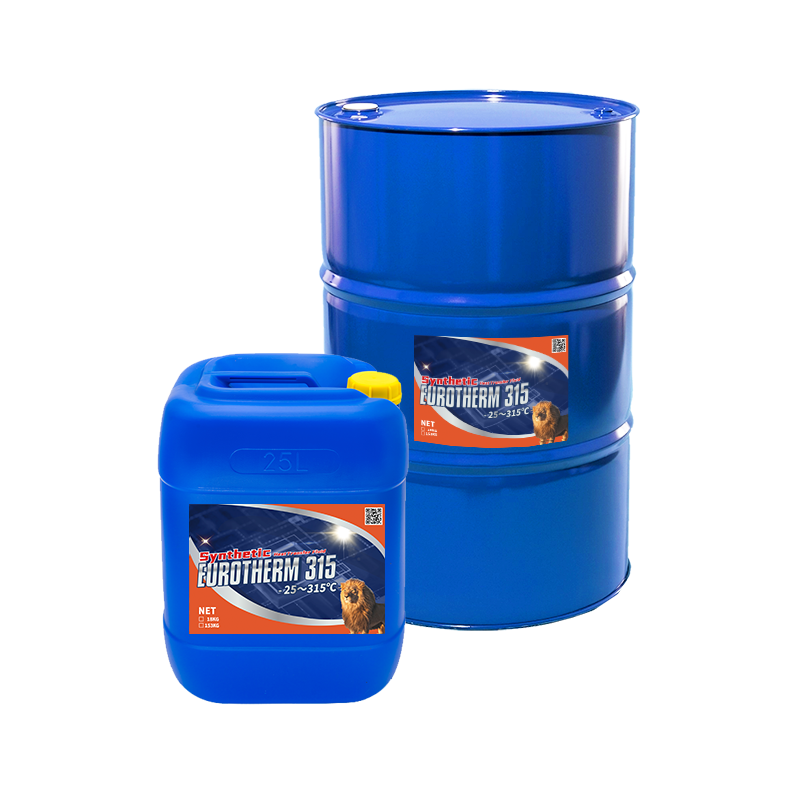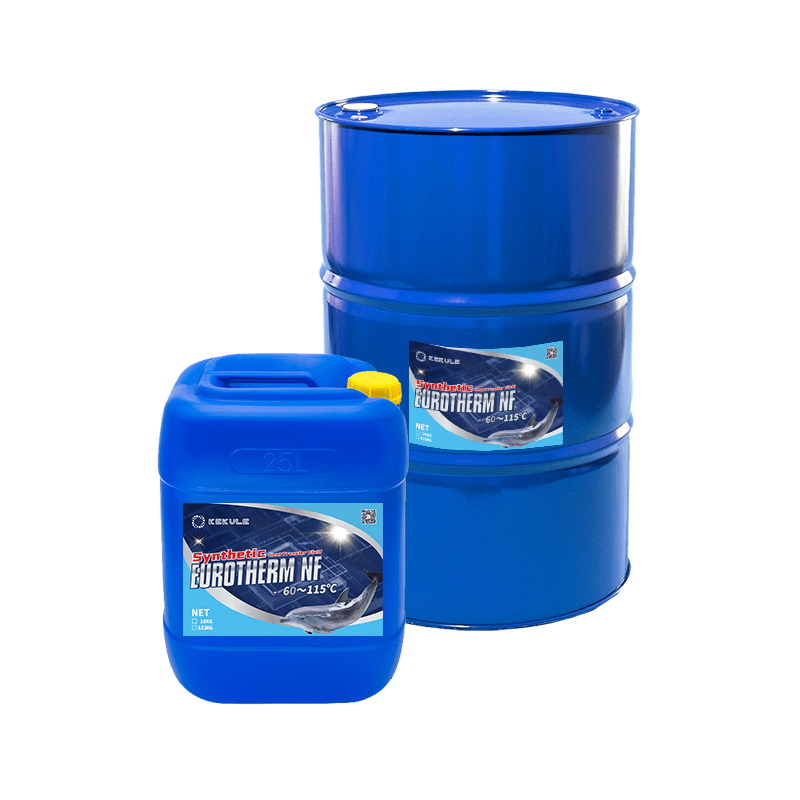The Chemie Statements
The Chemie Statements
Blog Article
How Chemie can Save You Time, Stress, and Money.
Table of ContentsChemie for BeginnersChemie - An OverviewThe Ultimate Guide To ChemieOur Chemie IdeasThe 4-Minute Rule for ChemieChemie for Beginners
By Bojanna Shantheyanda, Sreya Dutta, Kevin Coscia and David SchiemerDynalene, Inc. Fluid cooling, which can be attained making use of indirect or straight methods, is utilized in electronics applications having thermal power densities that might surpass secure dissipation through air cooling. Indirect fluid air conditioning is where heat dissipating electronic parts are physically divided from the fluid coolant, whereas in instance of direct cooling, the parts remain in straight call with the coolant.In indirect air conditioning applications the electrical conductivity can be important if there are leakages and/or splilling of the liquids onto the electronics. In the indirect air conditioning applications where water based liquids with corrosion inhibitors are typically utilized, the electric conductivity of the fluid coolant primarily depends on the ion focus in the fluid stream.
The boost in the ion concentration in a shut loop liquid stream may take place due to ion seeping from metals and nonmetal parts that the coolant liquid touches with. Throughout operation, the electric conductivity of the liquid might enhance to a degree which might be harmful for the cooling system.
More About Chemie
(https://chemie999.weebly.com/)They are bead like polymers that can exchanging ions with ions in an option that it touches with. In today work, ion leaching tests were executed with numerous steels and polymers in both ultrapure deionized (DI) water, i.e. water which is treated to the highest degree of pureness, and reduced electrical conductive ethylene glycol/water blend, with the measured adjustment in conductivity reported in time.
The examples were permitted to equilibrate at room temperature for two days before recording the preliminary electrical conductivity. In all tests reported in this research liquid electrical conductivity was measured to a precision of 1% utilizing an Oakton CON 510/CON 6 series meter which was calibrated before each measurement.
An Unbiased View of Chemie
from the wall heating coils to the facility of the heating system. The PTFE example containers were put in the furnace when steady state temperatures were gotten to. The examination arrangement was gotten rid of from the furnace every 168 hours (seven days), cooled to space temperature level with the electrical conductivity of the fluid determined.
The electrical conductivity of the fluid example was checked for a total of 5000 hours (208 days). Figure 2. Schematic of the indirect closed loophole cooling down experiment set-up - therminol & dowtherm alternative. Table 1. Elements made use of in the indirect closed loophole cooling down experiment that touch with the liquid coolant. A schematic of the speculative configuration is displayed in Number 2.

Chemie for Beginners
During procedure the fluid tank temperature was kept at 34C. The adjustment in liquid electrical conductivity was kept an eye on for 136 hours. The liquid from the system was accumulated and saved. Closed loophole examination with ion exchange resin was carried out with the very same cleansing procedures used. The first electrical conductivity of the 230ml UP-H2O in the system determined 1.84 S/cm.

0.1 g of Dowex material was included to 100g of fluid samples that was absorbed a different container. The mix was mixed and change in the electrical conductivity at space temperature level was determined every hour. The gauged change in the electrical conductivity review of the UP-H2O and EG-LC examination liquids containing polymer or steel when immersed for 5,000 hours at 80C is shown Figure 3.
Get This Report on Chemie
Number 3. Ion seeping experiment: Calculated adjustment in electric conductivity of water and EG-LC coolants having either polymer or steel examples when submersed for 5,000 hours at 80C. The outcomes show that steels added less ions into the fluids than plastics in both UP-H2O and EG-LC based coolants. This could be because of a thin metal oxide layer which might act as a barrier to ion leaching and cationic diffusion.
Fluids having polypropylene and HDPE showed the most affordable electrical conductivity adjustments. This might be due to the brief, rigid, linear chains which are much less most likely to contribute ions than longer branched chains with weaker intermolecular pressures. Silicone also performed well in both examination fluids, as polysiloxanes are usually chemically inert because of the high bond power of the silicon-oxygen bond which would prevent deterioration of the material right into the liquid.
The Only Guide for Chemie
It would certainly be expected that PVC would certainly generate similar results to those of PTFE and HDPE based upon the comparable chemical structures of the materials, nonetheless there might be other contaminations existing in the PVC, such as plasticizers, that may affect the electric conductivity of the fluid - inhibited antifreeze. In addition, chloride groups in PVC can additionally leach into the test liquid and can create a rise in electric conductivity
Buna-N rubber and polyurethane showed indications of destruction and thermal decay which recommends that their feasible utility as a gasket or sticky material at greater temperature levels could cause application issues. Polyurethane totally broke down right into the test liquid by the end of 5000 hour examination. Number 4. Prior to and after pictures of steel and polymer examples immersed for 5,000 hours at 80C in the ion leaching experiment.
Measured modification in the electric conductivity of UP-H2O coolant as a feature of time with and without material cartridge in the shut indirect air conditioning loophole experiment. The determined adjustment in electric conductivity of the UP-H2O for 136 hours with and without ion exchange material in the loophole is displayed in Number 5.
Report this page